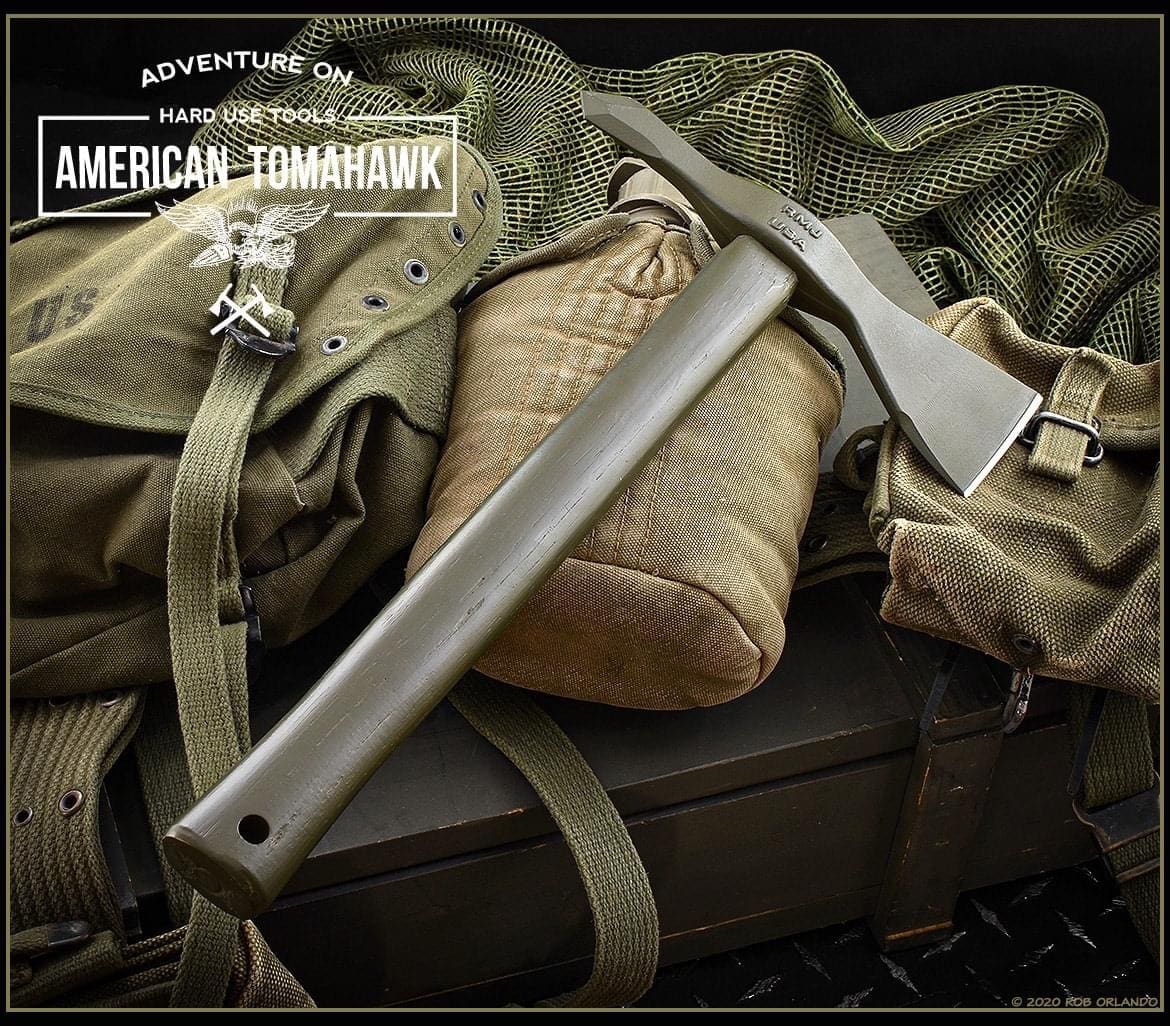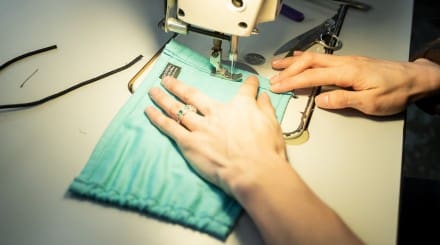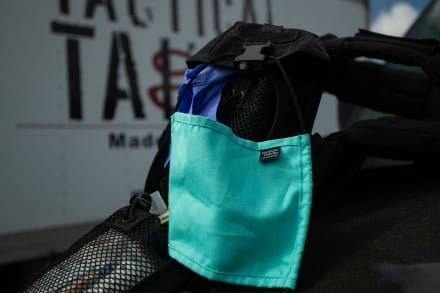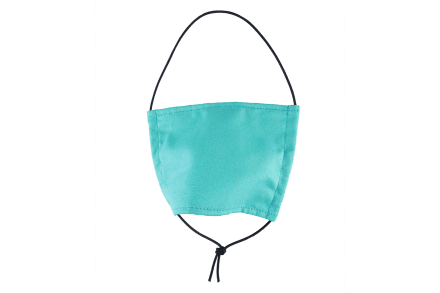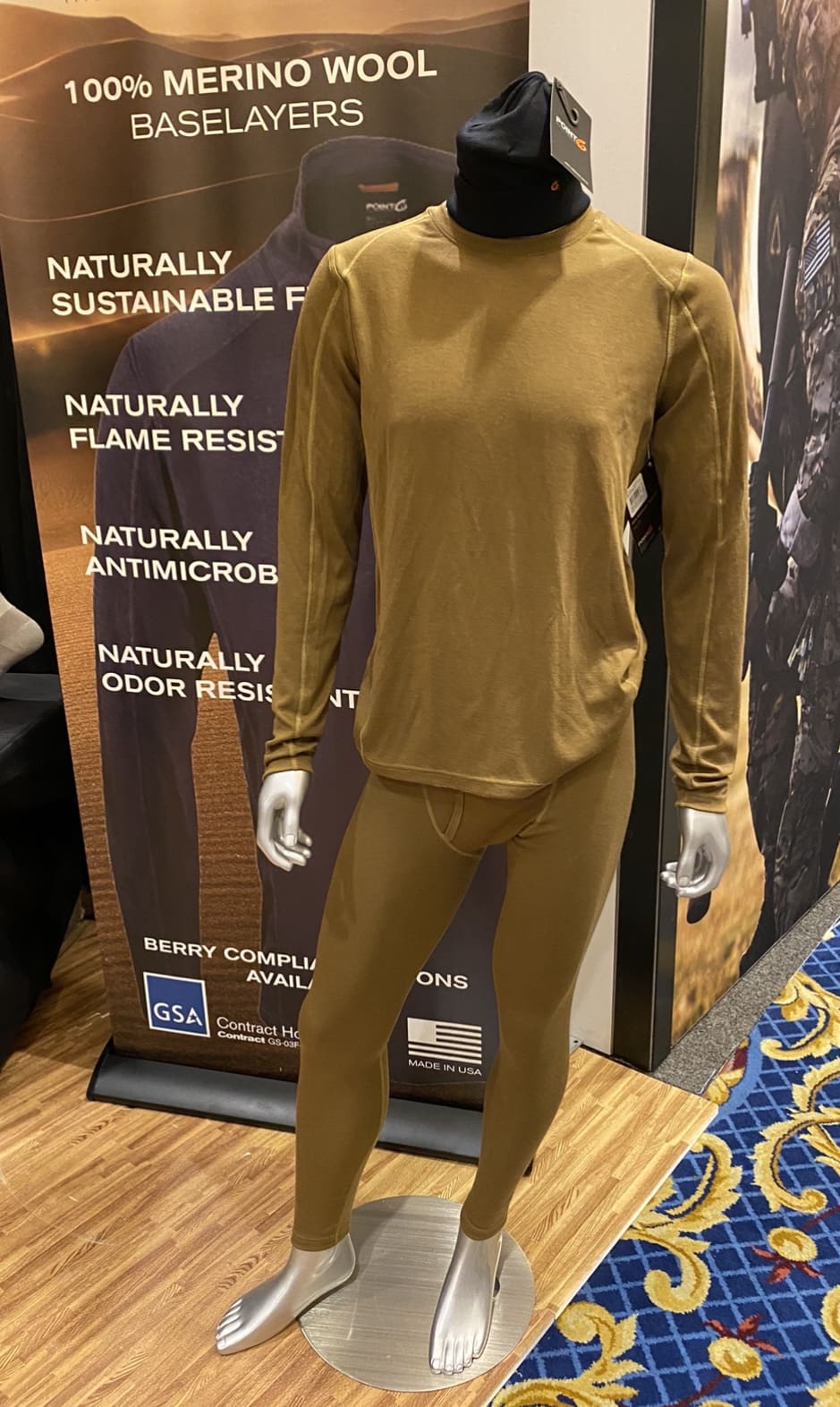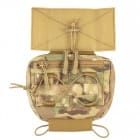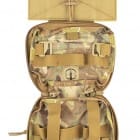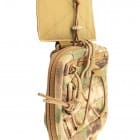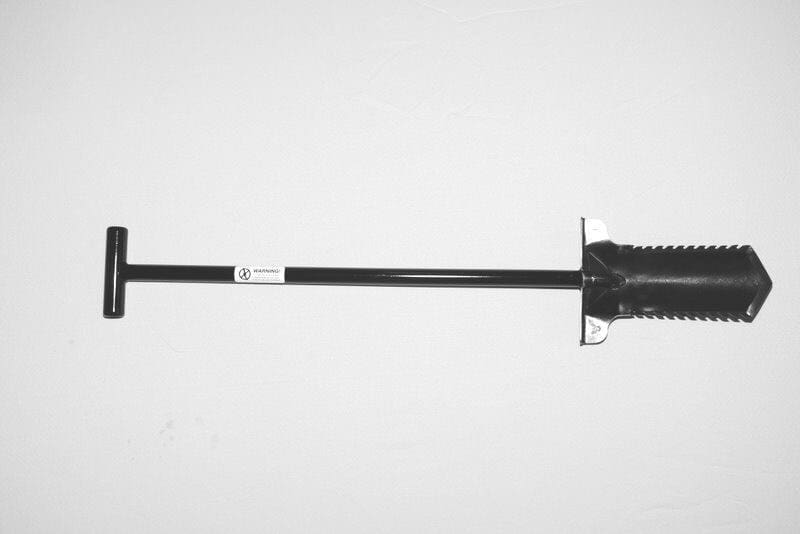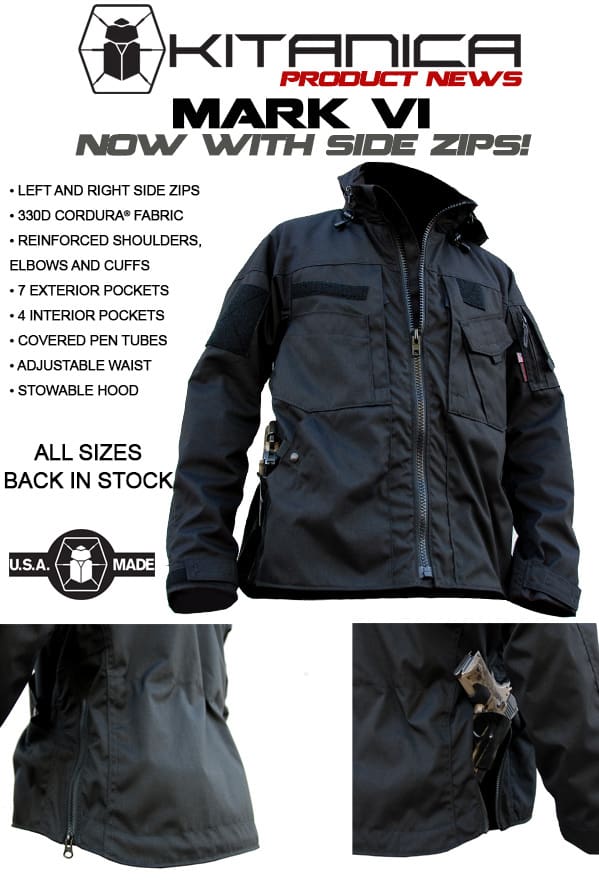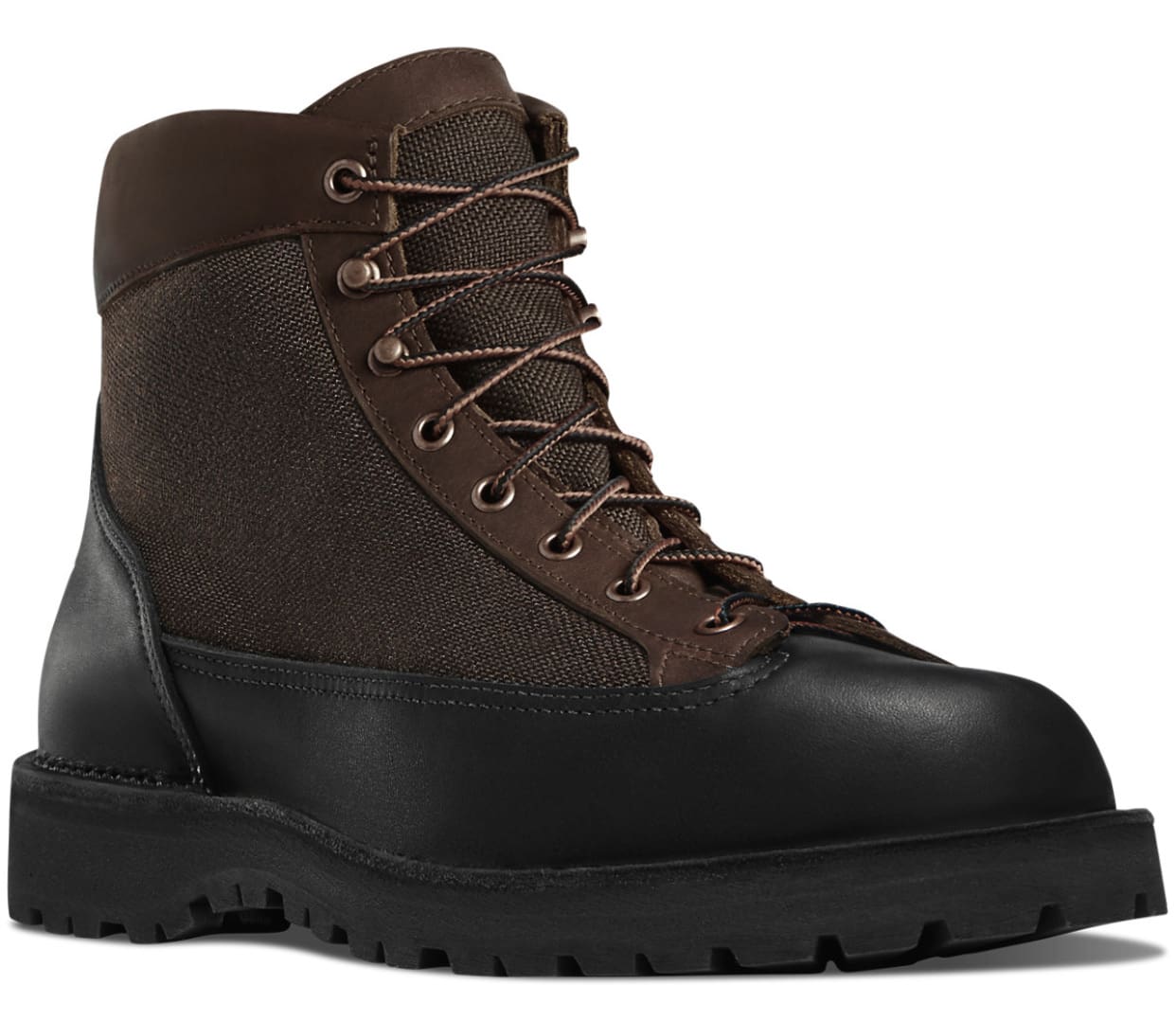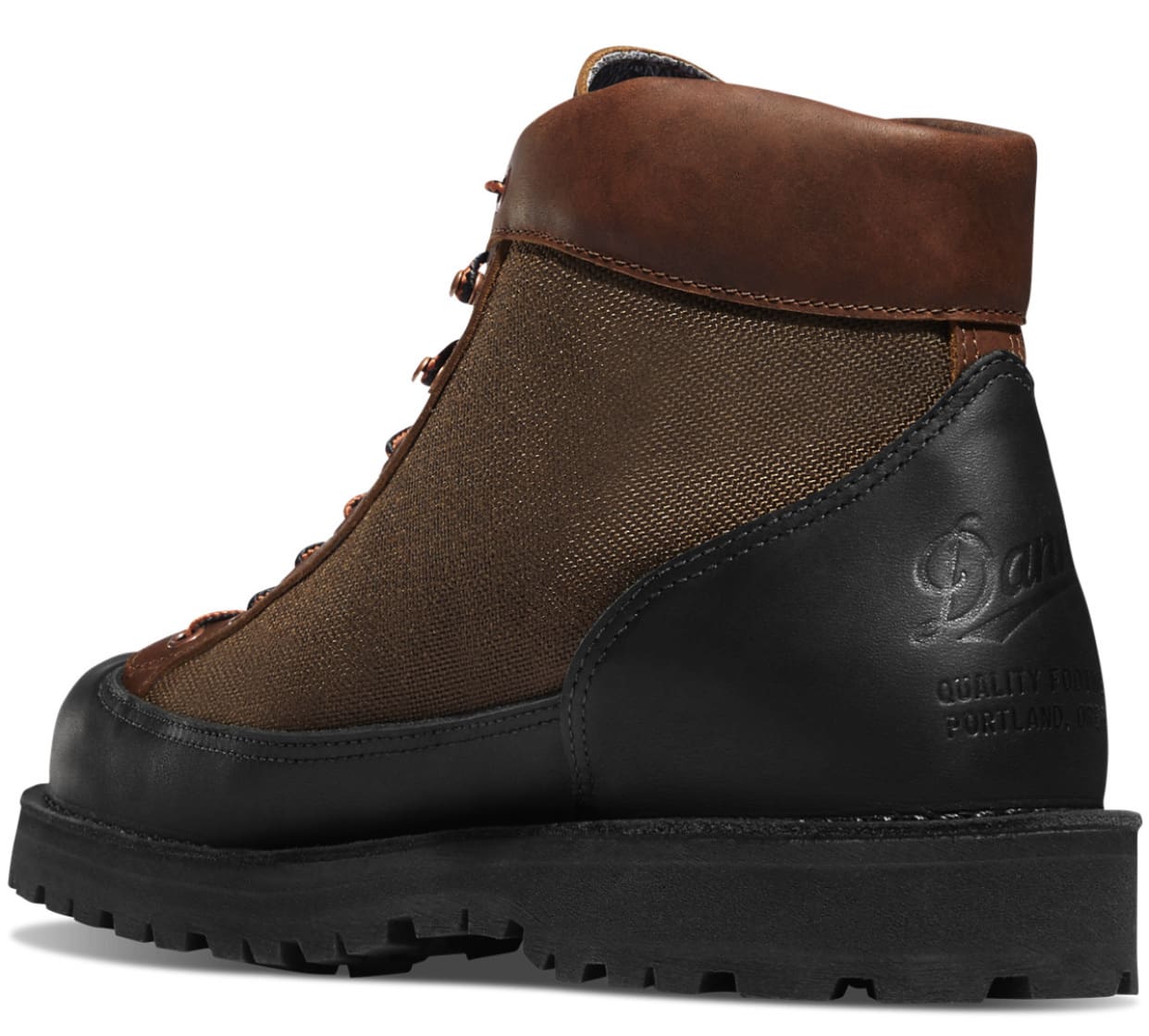It’s Friday and we have another edition of the FirstSpear OEM Partner Series where we take a look at a new company FS has partnered with and the equipment they build for them. Today we are checking out a great up-and-coming American equipment company, Shaw Concepts and the RAID Pouch.
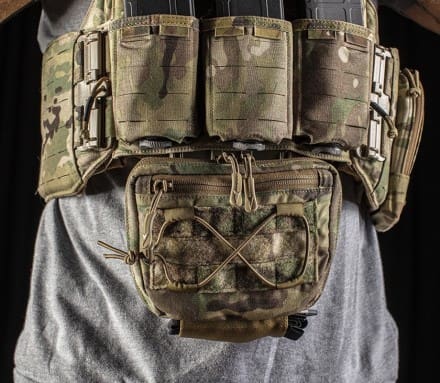
Why was the RAID developed and why did you choose the Tubes system?
The RAID was developed from the lack of a good IFAK that could be easily removed and reattached. Most IFAKs on the market come off easily but once used don’t offer the user an easy way to pack up the contents and reattach the pouch. Some just dump out their contents, leaving the user to pick up their trash and just stuff it in their pockets or dump pouch. The RAID started out as a solution to this but proved itself to also make a great general utility plate carrier hanger pouch as well. The idea to use the FirstSpear Tubes came from my experience with the Tubes on the AAC I owned. They’re easy to connect and disconnect and they are short in distance from end to end making them fit well in the slim space between the plate carrier and RAID Pouch, something not many buckles can do well, which made it a simple choice. The ease of connecting with one hand without seeing it made it idea for lowlight and night time operations as well and that’s the sort of work our target customer base does.
Why did you choose FS manufacturing?
Once some of my designs caught a bit of traction and I found myself unable to fulfill the demand on my own sewing equipment I started looking into OEM options. FirstSpear turned out to be one and I was already familiar with their products and quality since I used their AAC Plate Carrier. I contacted them and to my surprise they answered and were willing to help and easy to work with.
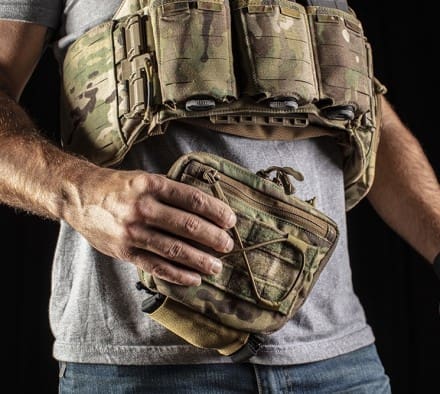
Why is American manufacturing important to Shaw Concepts?
I fundamentally believe in American Exceptionalism and that as Americans it’s our responsibility to pioneer continuously. I also believe in taking care of fellow Americans and American Industries first. Most of us hate how much of what we use is made overseas and now that I’m in a position to choose to make things here or abroad I prioritize American manufacturing. Plus I get a sense of pride in seeing the ‘Made in the US’ tag on some of my products. I hope this shows in the quality of my products and the values of my business.
Why was Shaw Concepts started?
Shaw Concepts was started due to a lack of satisfaction in the gear offerings of the industry. Time and time again I found myself wishing for a particular piece of gear tailored to a certain purpose or just made well with the user’s comfort and use in mind. I found myself designing gear I wish I had and even making some early creations out of sea bag canvas with the help of my unit’s riggers. From there I started making things for fellow recondos around the barracks and coming up with new products like the RAID Pouch. I started an instagram (@ShawConcepts) for my creations; not planning for too much to come of it but people online and around the barracks were really impressed with what I came up with so from there it just kind of grew.
www.shaw-concepts.com/product-page/raid-pouch


